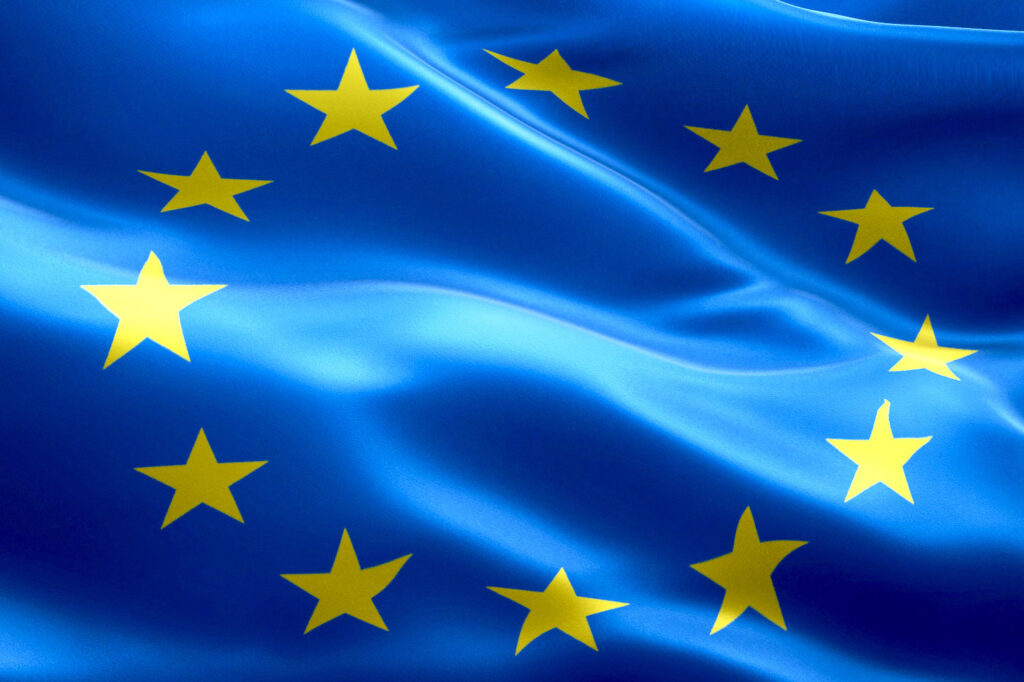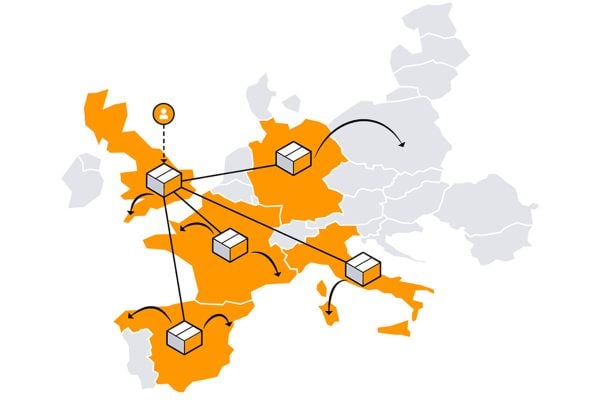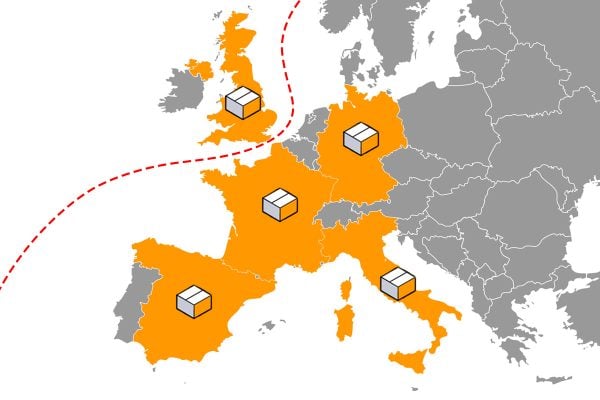The British and EU negotiations continue and attention this week is on the movement of goods between the UK and the EU after Brexit. The Prime Minister Theresa May said that after March 2019, and during any transition period, Britain would not seek to be part of the customs union aspect of the single market.
In particular, the UK wants the freedom to negotiate independent trade deals with non-EU countries during transition and being part of the customs union could hamper any such endeavours.
A Downing Street spokesperson said the government had set out two potential alternatives last summer: a new customs partnership without the need for any customs checks or a “highly streamlined” arrangement in which imports/exports from the EU would be subject to customs checks but in a way that minimised disruption through clever use of technology. (For information on the difference between the single market and a customs union, this page is handy.)
But the EU has said that neither option may be possible, or not as envisaged. The EU’s chief negotiator Michel Barnier said: “The only thing I can say, without a customs union and outside the single market, barriers to trade in goods and services are unavoidable. The time has come to make a choice.”
When it comes to ecommerce and marketplace trading, these issues are of everyday importance if you export in any way with the other remaining member states of the European Union. It remains possible that duties and tariffs could be levied on cross border sales and imports that don’t exist right now. Indeed, it’s also possible that this could mean shipping delays as the admin is done. It’s worth noting that 43% of UK exports go to the EU right now. It’s still by no means clear what the arrangements will finally be.
And one upside of finding clarity on some of these crucial aspects of Brexit, whichever way the cards fall, will be the future strength and stability of sterling. Pundits predict that sterling could find an upside once the broad principles of Brexit have been agreed.









